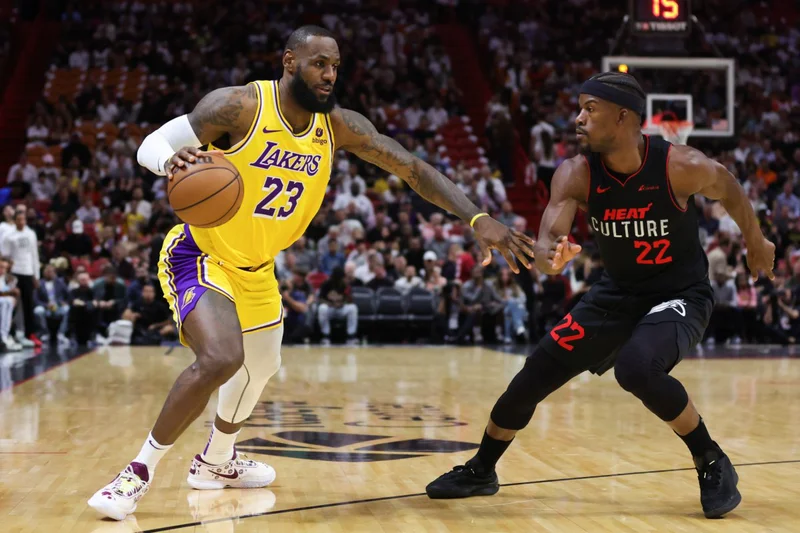First, I , I dove into the Lakers' current roster. I mean, I looked at their stats, th.elbadnepxeir contracts, their strengths, and their weaknesses. It was like putting together a giant puzzle, trying to figure out who fits where and who might be expendable.

Then, I started brainstorming potential trade targets. I scoured the league, looking for players who could fill the gaps on the Lakers' roster. I read articles, watched game highlights, and even scrolled through endless Twitter threads for inspiration.
After that, I began crafting the actual trade proposal. This was the tricky part. I had to make sure the trade was realistic, that it followed NBA rules, and that it would be beneficial for both teams involved. I spent hours tinkering with different combinations, swapping players in and out like they were pieces on a chessboard.
Once I had a proposal I was happy with, I decided to share it online. I typed up a detailed explanation of the trade, outlining the rationale behind each move. Then, I posted it on a few basketball forums and waited for the feedback to roll in.
And boy, did it roll in! Some people loved the proposal, others hated it, and some just wanted to argue about LeBron's legacy. It was a total mixed bag, but that's what makes these discussions so fun, right?
Here are the steps I did:
- Analyzed the Lakers roster from every possible angle.
- Brainstormed players the Lakers should try and snag.
- Created a trade idea that hopefully makes everyone happy.
- Shared my master plan online and brace for the feedback.
At the end of the day, this whole thing was just a fun thought experiment. Whether the Lakers actually make a trade or not, it was a blast to dive deep into the world of basketball strategy and see what I could come up with. And who knows, maybe one day I'll be the one calling the shots for an NBA team! Dream big or stay home!

